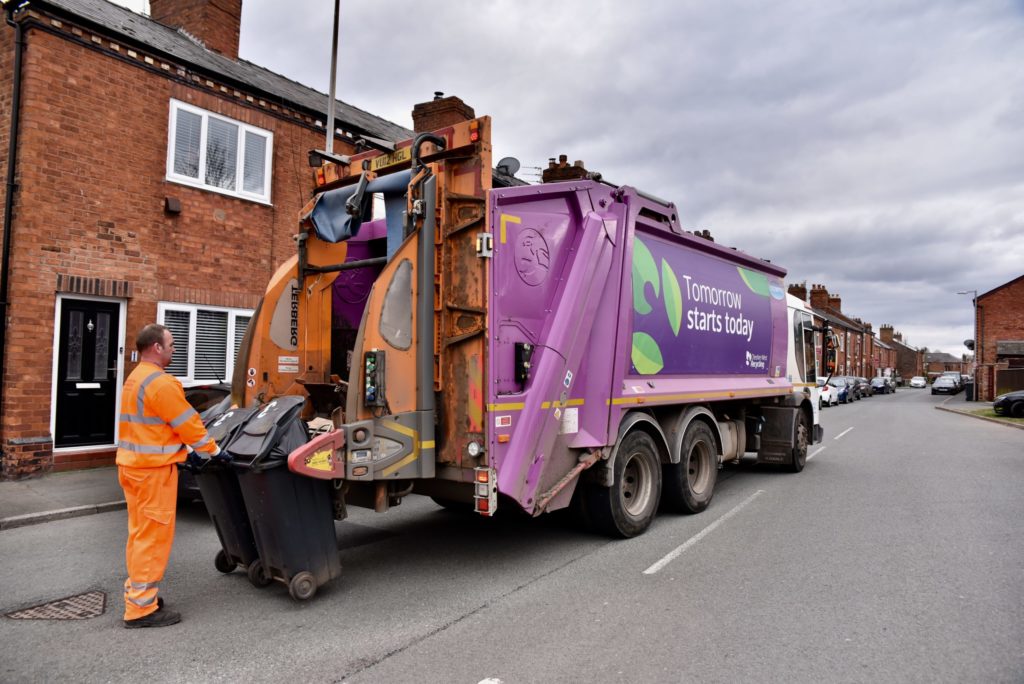The expression the “circular economy” is one that is increasingly used in the waste management industry. Around the world, governments are looking at how they can transform their traditional “linear” economies into more “circular” economies. However, there is no generally accepted legal definition of a circular economy, so it means different things to different people. WRAP defines it as: “an alternative to a traditional linear economy (make, use, dispose) in which we keep resources in use for as long as possible, extract the maximum value from them whilst in use, then recover and regenerate products and materials at the end of each service life”, but other more complex definitions also exist.

The European Commission (“Commission”) has recognised that the EU is increasingly vulnerable to risks such as high prices, market volatility and political instability in countries that supply raw materials to the EU. It is therefore trying to develop an EU-wide strategy on the circular economy. In September 2011 it published a “Roadmap to a Resource Efficient Europe”, setting a number of milestones to be achieved by 2020 and expressing an aspiration of residual waste being “close to zero”.
In July 2014 it adopted a Circular Economy Package, which included a communication “Towards a Circular Economy: A Zero Waste Programme for Europe” accompanied by communications on sustainable buildings, green employment and SMEs, and a legislative proposal for the review of waste legislation. However, in February 2015 the Commission withdrew its proposal for the review of waste legislation, stating that it would be replaced with “a new, more ambitious proposal” to promote the circular economy by the end of 2015.
Consultation
To assist in the development of the EU’s policies on the circular economy generally, on 28 May 2015 the Commission issued a public consultation, which focuses in particular on the production and consumption phases of the economic cycle, and on general enabling framework conditions such as innovation and investment. The consultation also seeks views on the following areas:
• actions the EU could take to promote a circular economy in the production stage, such as through product design, production and the sourcing of materials;
• how consumers make choices about the products they buy and use;
• the factors that influence consumers in making choices about the products they buy and use;
• the importance to consumers of factors such as the expected lifetime of products, the availability of spare parts and the availability of repair and maintenance services;
• obstacles to the development of markets for secondary raw materials.
• Actions that the EU could take to remove obstacles to the development of markets for secondary raw materials;
• the sectors that should be considered a priority for EU action in order to “close the loop” of the circular economy; and
• the role of enabling factors such as financing and incentives in supporting the development of the circular economy.
It is likely that some significant changes to EU and UK waste policy and legislation will be required in order to transform the current linear economy to a circular economy.
Barriers
One of the main barriers is the definition of “waste” in the EU Waste Framework Directive and its interpretation by the Court of Justice of the EU, which has ruled that national legislation defining waste as excluding substances and objects which are capable of economic reutilisation is not compatible with the Waste Framework Directive.
UK implementation of the waste hierarchy (which itself portrays a linear economy) is also confused. Little attention is paid to waste prevention and re-use (other than the ineffective Waste Prevention Programme for England, published in 2013), but the combustion of waste for energy recovery is encouraged through a range of incentives such as Contracts for Difference, Feed-in Tariffs and the Renewable Heat Incentive.
Other legal and policy barriers to a circular economy also exist. For example, the Sale of Goods Act 1979 imposes liability for faulty products on the retailer, rather than the manufacturer. This means that there is no incentive for manufacturers to make durable products that can be easily repaired, refurbished or remanufactured. The EU’s Single Market rules can also conflict with environmental aims. An example of this is the “Danish bottles” case (Case C-302/86) in which the European Court ruled that a Danish law banning the sale of drinks other than in reusable containers was contrary to the EU Treaty provisions on the freedom of movement of goods.
‘Move up the waste hierarchy’
The transition to a circular economy clearly has ramifications for the waste management industry as it currently exists. The adoption of new rules to improve the durability, reparability and reusability of products could lead to more waste being moved up the waste hierarchy as waste is prevented and products are reused, so there could be less waste available to the industry for recycling, energy recovery and landfill. On the other hand, efforts to develop markets for secondary raw materials could lead to increased recycling and the development of new markets for secondary raw materials.
Related links
King & Wood Mallesons
Angus Evers is a Partner in King & Wood Mallesons’ Planning & Environment Group and is one of the co-convenors of the UK Environmental Law Association’s Waste Working Party











[…] Source: letsrecycle.com […]
[…] Angus Evers, of London law firm King & Wood Mallesons, in his monthly column, takes a look at the “circular economy” and the waste hierarchy. […]
[…] As a circle stitching together the entire “take-make-dispose” economy, the circular economy concept is by its very nature a very broad church. But is this flexibility now becoming a hindrance? Comments made at the All-Party Sustainable Resource Group circular economy meeting on 15 July, that the concept was becoming “all things to all men”, echo similar views expressed by other waste-watchers. Rather than tracing a purposeful path from linearity to circularity, are we in danger of “going round in circles”, to quote a phrase fromletsrecycle.com (see letsrecycle.com story)? […]